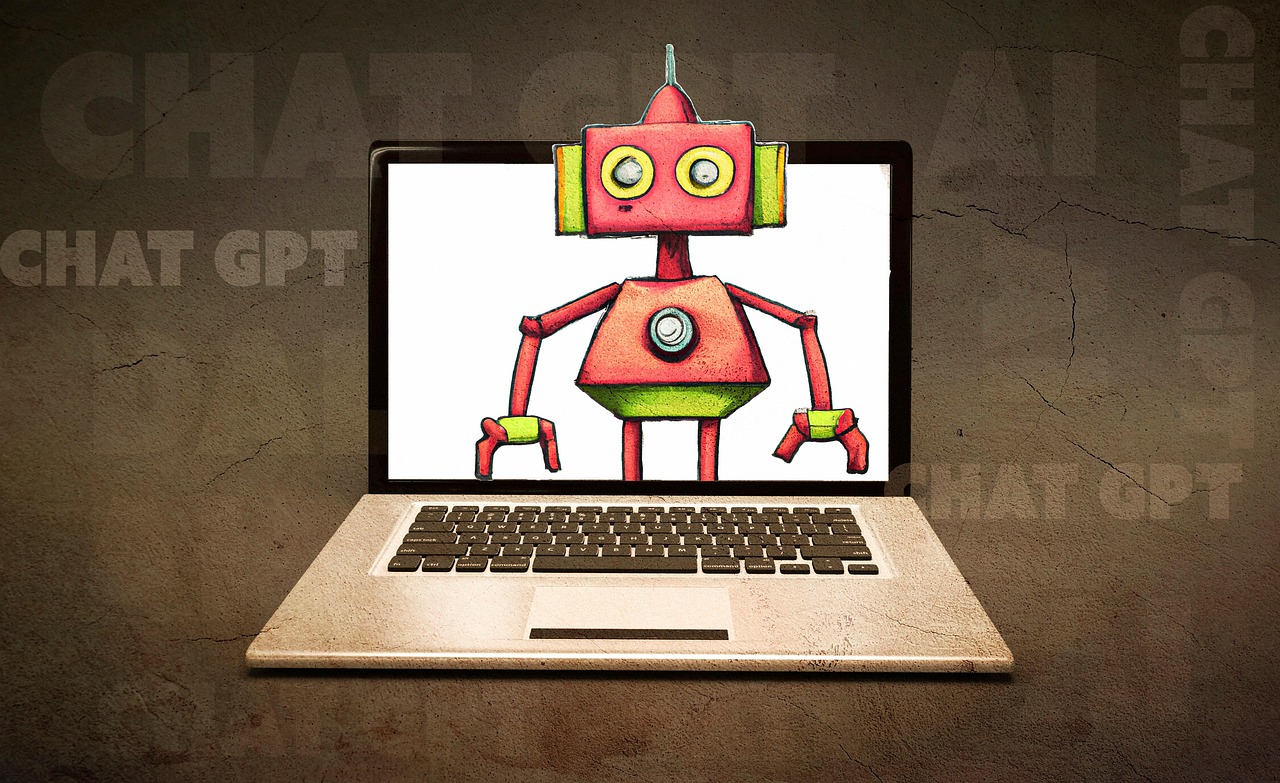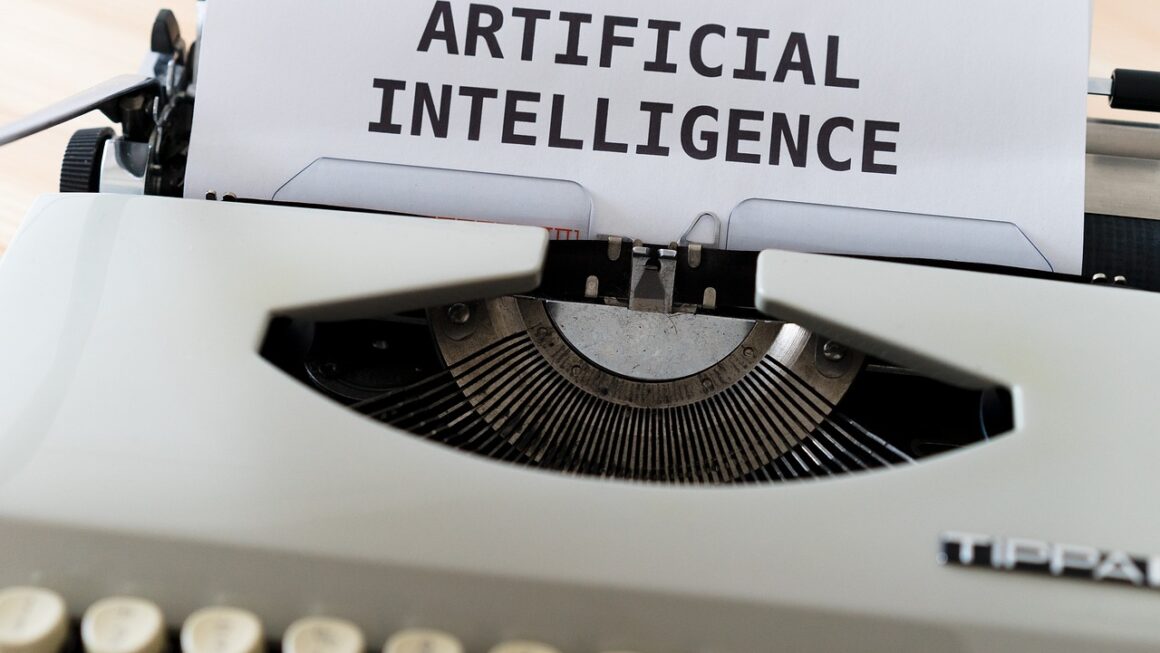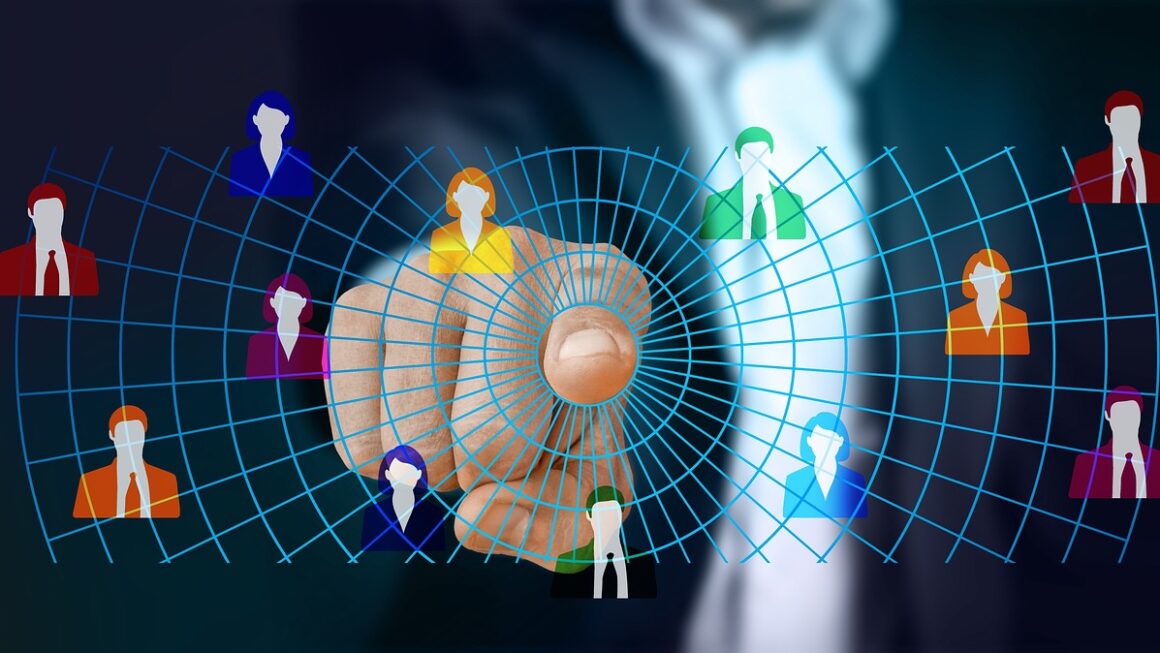AI is no longer a futuristic fantasy; it’s a present-day reality empowering creators across various fields. From generating stunning visuals to crafting compelling narratives, AI tools are revolutionizing the creative process, offering unprecedented efficiency and inspiring new avenues for artistic expression. This post explores how AI is transforming the creative landscape and highlights some of the most impactful tools available today.
AI-Powered Content Creation: The New Frontier
AI is democratizing content creation, enabling individuals and small teams to achieve results previously requiring significant resources and expertise. By automating repetitive tasks, suggesting innovative ideas, and even generating entirely new content, AI empowers creators to focus on their core strengths – creativity and strategic vision.
AI for Text Generation and Writing Assistance
- Use Cases: Blog posts, articles, marketing copy, social media updates, scripts, and even books.
- Tools: Jasper, Copy.ai, Rytr. These platforms leverage natural language processing (NLP) to understand context and generate relevant, engaging text.
- Benefits:
Overcome writer’s block and generate content ideas.
Automate content creation for routine tasks.
Improve writing quality and clarity.
Scale content production efforts efficiently.
- Example: A marketing team can use Jasper to generate multiple ad variations for A/B testing, significantly reducing the time and effort required compared to manual writing. According to a recent study, AI writing assistants can reduce content creation time by up to 50%.
AI in Visual Content Creation
AI is making waves in the visual arts, offering tools for image generation, editing, and enhancement. These tools empower creators to produce high-quality visuals with minimal effort.
- Use Cases: Image creation, photo editing, graphic design, video editing.
- Tools: DALL-E 2, Midjourney, Stable Diffusion, Adobe Sensei. DALL-E 2 and Midjourney allow users to create images from text descriptions, opening up endless possibilities for visual exploration. Adobe Sensei powers AI-driven features in Photoshop and other Adobe Creative Suite applications, simplifying complex editing tasks.
- Benefits:
Generate unique and original images from text prompts.
Enhance image quality and resolution automatically.
Remove backgrounds and objects with ease.
Create stunning visual effects without advanced technical skills.
- Example: A small business owner can use DALL-E 2 to create custom product images for their online store, even without professional photography skills. Imagine describing “a minimalist coffee cup with a vibrant sunset reflection” and instantly generating a photorealistic image.
AI-Driven Audio and Music Production
AI is revolutionizing music production and audio editing, providing tools for composition, mixing, mastering, and even creating unique soundscapes.
AI-Powered Music Composition and Arrangement
- Use Cases: Generating melodies, harmonies, and rhythms for songs or soundtracks.
- Tools: Amper Music (now Shutterstock AI Music), Jukebox (OpenAI), Soundful. These tools analyze musical styles and generate original compositions based on user input.
- Benefits:
Overcome creative blocks and generate musical ideas.
Create royalty-free music for various projects.
Experiment with different musical styles and genres.
Generate background music for videos and presentations.
- Example: A podcaster can use Amper Music (Shutterstock AI Music) to generate background music that perfectly complements the tone and pacing of their episodes, avoiding copyright issues and saving time.
AI for Audio Editing and Enhancement
- Use Cases: Noise reduction, audio restoration, voice cloning, and speech synthesis.
- Tools: Adobe Audition (with AI-powered features), Descript, Murf.ai. Descript offers AI-powered transcription and editing, allowing users to edit audio and video by editing the text transcript. Murf.ai allows users to create realistic voiceovers from text.
- Benefits:
Improve audio quality by removing noise and distortion.
Transcribe audio and video automatically.
Generate realistic voiceovers for videos and presentations.
Edit audio and video with ease.
- Example: A YouTuber can use Descript to automatically transcribe their videos, allowing them to quickly edit out mistakes and add captions for accessibility.
AI for Video Editing and Production
AI is simplifying video editing, making it accessible to a wider audience. From automated scene detection to AI-powered effects, these tools save time and effort.
AI-Assisted Video Editing
- Use Cases: Scene detection, object tracking, video stabilization, automated color correction.
- Tools: Adobe Premiere Pro (with AI features), RunwayML, Pictory. Pictory utilizes AI to create short, engaging videos from long-form content, such as blog posts or podcasts. RunwayML offers a suite of AI-powered tools for video editing and visual effects.
- Benefits:
Automate repetitive editing tasks.
Improve video quality with AI-powered enhancements.
Create engaging video content quickly and easily.
Add special effects and visual enhancements with minimal effort.
- Example: A social media manager can use Pictory to create short, engaging videos from blog posts to promote on various platforms, increasing reach and engagement.
AI for Motion Graphics and Visual Effects
- Use Cases: Creating animated titles, lower thirds, and other motion graphics; generating realistic visual effects.
- Tools: EbSynth, DeepMotion, Cavalry. EbSynth allows users to transfer styles from images or paintings to video footage, creating unique and artistic effects.
- Benefits:
Create professional-looking motion graphics without advanced animation skills.
Generate realistic visual effects without complex software.
Experiment with different visual styles and techniques.
Add unique and eye-catching elements to video content.
- Example: A filmmaker can use EbSynth to add a painted effect to their film, creating a visually stunning and unique cinematic experience.
Ethical Considerations and Best Practices
While AI offers immense potential for creators, it’s crucial to consider the ethical implications and adopt responsible practices.
Transparency and Disclosure
- Be transparent about the use of AI: Disclose when AI has been used to generate or modify content. This builds trust with your audience.
- Avoid misleading or deceptive practices: Ensure that AI-generated content is accurate and doesn’t misrepresent reality.
Copyright and Intellectual Property
- Understand copyright implications: Be aware of the copyright implications of using AI-generated content, especially when training models on existing datasets.
- Respect intellectual property rights: Avoid using AI to create content that infringes on the rights of others.
Bias and Fairness
- Be aware of potential biases: AI models can reflect the biases present in the data they are trained on. Be mindful of these biases and take steps to mitigate them.
- Promote fairness and inclusivity: Use AI in a way that promotes fairness and inclusivity, avoiding the perpetuation of harmful stereotypes.
Conclusion
AI is transforming the creative landscape, offering a wealth of tools and opportunities for creators across various disciplines. By embracing these technologies responsibly and ethically, creators can unlock new levels of efficiency, innovation, and artistic expression. As AI continues to evolve, its role in the creative process will only grow stronger, shaping the future of content creation for years to come. The key is to view AI as a powerful partner, augmenting human creativity rather than replacing it entirely. By staying informed, experimenting with different tools, and prioritizing ethical considerations, creators can harness the full potential of AI to bring their visions to life.




